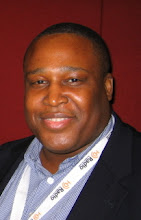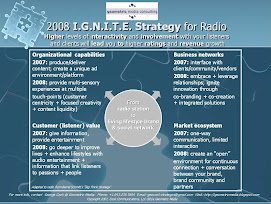PR Guru Peter Shankman offers his rules for life and PR:
- Your goal is to make other people happy (the reporter, for instance). Do this, and you, the boss, and the client will be happy by default.
- We have a finite number of seconds on this earth. Don’t waste them. Get to the point, be direct, and get your information out there. Don’t waste time.
- Don’t be traditional. If you have something to say, find an interesting way to say it. If you can’t, it’s probably not worth saying in the first place.
- Don’t bore people. Boring turns people against you. Nothing makes someone put a block on your email quicker than being boring and repetitive.
- Have fun, and help someone out when you can. Karma is strong, especially in PR, an industry where you have nothing until a reporter, editor, or producer gives you something.
Peter’s rules could easily serve as guidelines for any station or morning show that wants to stand out from the competition.
Remember, Arbitron tends to reward those stations and personalities who are different with higher ratings.
Follow these rules. Be different - never boring -and watch the difference in your ratings.
For more from Peter, visit the Geek Factory website here.



